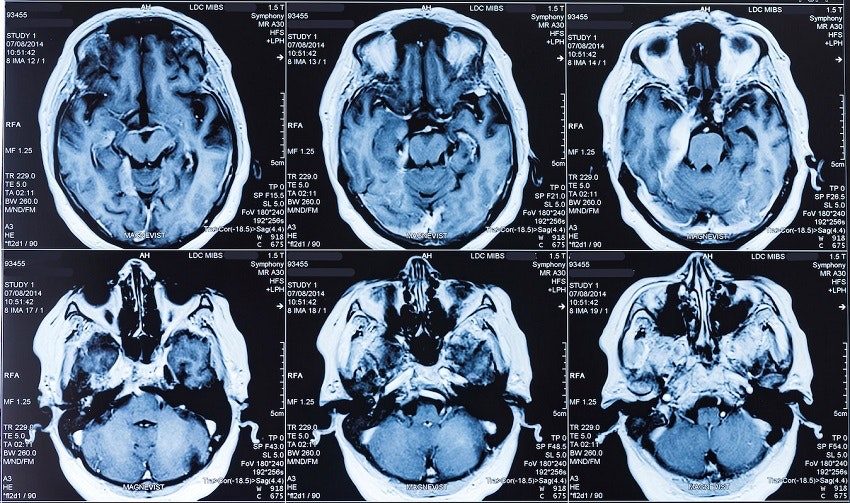For a man who specializes in grief and sorrow, psychotherapist Francis Weller certainly seems joyful. When I arrived at his cabin in Forestville, California, he emerged with a smile and embraced me. His wife, Judith, headed off to garden while Francis led me into their home among the redwoods to talk.
I had wanted to interview Weller ever since the publisher I work for, North Atlantic Books, had agreed to publish his new book,
The Wild Edge of Sorrow: Rituals of Renewal and
the Sacred Work of Grief. Over the previous few years my father, grandfather, grandmother, father-in-law, and sister-in-law had all died, and I'd also moved across the country and was missing the friends and community I'd left behind. I'd been living with a free-floating state of unease, but I'd largely sidestepped direct encounters with my losses.
In his book Weller invites us to view grief as a visitor to be welcomed, not shunned. He reminds us that, in addition to feeling pain over the loss of loved ones, we harbor sorrows stemming from the state of the world, the cultural maladies we inherit, and the misunderstood parts of ourselves. He says
grief comes in many forms, and when it is not expressed, it tends to harden the once-vibrant parts of us.Weller's own experience with grief began at the age of fifteen, when his father suffered a massive, disabling stroke, dying eight years later. The long process of dealing with his sorrow eventually led Weller to his current vocation. Today, at fifty-nine, he uses what he learned whenever he sits down with a client in his psychotherapy practice or facilitates one of the grief retreats he organizes. Having been a therapist for more than thirty years, Weller says, "I sometimes think my work is simply to let people feel their losses."













Comment: Psychopaths are masters at wearing a mask to disarm their prey - it behooves everyone to learn how to spot these 'intraspecies predators':